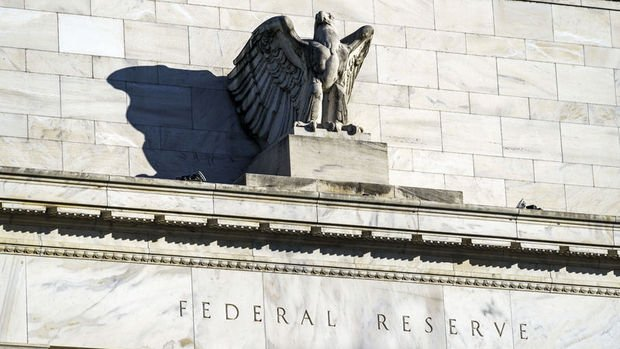The Fed did not change the interest rate because it could not see the expected developments in inflation.
The US Federal Reserve (Fed) left the policy rate unchanged in line with market expectations. The Fed officials' messages that the expected developments in inflation had not materialized drew attention in the decision text. The Fed also announced in its decision text that it was slowing down the pace of reducing its balance sheet. The messages given by Fed Chair Jerome Powell following the decision were not as hawkish as was feared. Powell took the possibility of an interest rate hike off the table as the Fed's next move, and said they would monitor data for the timing of the interest rate cut. The Fed kept the policy rate unchanged and kept it between 5.25-5.50 percent. Economists participating in the Bloomberg survey also expected the rate to remain unchanged within this range. The decision was made unanimously. The Fed said in a statement at the end of its two-day meeting in Washington, "There has been no progress toward the committee's 2 percent inflation target in recent months." This statement stood out as an addition to the statement made in December that inflation "decreased over the past year but remains high." In another change to the decision text, the Fed said that the risks to achieving the employment and inflation targets “have moved toward a better balance over the past year” and expressed the progress in the past tense. A previous statement had stated that the targets “have moved toward a better balance.” Fed officials avoided signaling that they would consider raising interest rates again. Balance sheet reduction pace slowed Officials also gave messages in the decision text about the central bank’s plans to slow the pace of shrinking its asset portfolio. Accordingly, the Fed will reduce the flow limit for Treasury bonds from $60 billion to $25 billion per month starting in June in order to reduce the risk of financial market turbulence that emerged during the previous round of balance sheet reduction in 2019. This limit for mortgage-backed securities remained unchanged at $35 billion. Inflation obstacle on the path While price pressures decreased rapidly in the final months of 2023, the decline towards the Fed’s 2% inflation target stopped in 2024. While these developments are taking place in inflation, the economy continues to expand thanks to a strong labor market and stable consumption and investment. The Fed decision text reiterated that employment gains "remain strong" with low unemployment and the economy is expanding "at a solid pace." Data released on Tuesday showed that employment costs increased at the fastest pace in a year in the first quarter, exceeding expectations and indicating strong wage growth. Fed Chair Powell's messages After the decision, Fed Chair Jerome Powell stood in front of the cameras. The prominent statements in Powell's statements were as follows: There has been significant progress in the economy towards targets. Inflation is still very high. We are determined to return to the 2 percent target. There has been limited progress in inflation. The employment market is relatively tight but now more balanced. Labor demand is still above employment supply. Inflation data this year is higher than expected. It will take longer than we thought for the Fed to gain confidence in inflation to start cutting interest rates. The Fed will continue to make decisions at meetings. The slowdown in the pace of balance sheet reduction will provide a smoother transition. Monetary policy is tightening and has an impact on demand. We will continue to tighten as long as necessary. Over time, policy will be sufficiently tightening. We need to see data that the policy is not tightening for an interest rate hike. Our policy is well positioned to be able to use different paths. The timing of the interest rate cut will depend on the data. Whether interest rates will peak will also depend on the data. The next move will most likely not be an interest rate hike. I don’t know when we will gain confidence for an interest rate cut. But when we gain confidence, the interest rate cut will be included. The expectation that inflation will trend downward this year has ended. We do not foresee stagflation when considering growth or inflation. Of course, we are not happy with 3 percent inflation. We always take action when it is appropriate, we do not consider anything else. Elections are not part of our approach. It will take time, but we will bring inflation to 2 percent.


